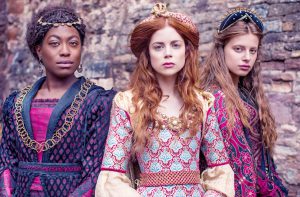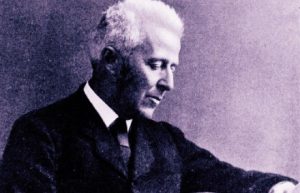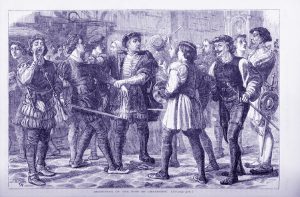
The Spanish Princess has captivated audiences with its lush costumes and dramatic portrayal of Catherine of Aragon’s early years, but how accurate is this Tudor-era television series when held up against the historical record? Based on Philippa Gregory’s novel, the show blends fact with fiction, often taking significant liberties with real events, characters, and timelines. In this essay, we’ll explore the historical inaccuracies in The Spanish Princess, separating the dramatized narrative from the documented truth about Catherine of Aragon, Henry VII, Elizabeth of York, Henry VIII, and the Tudor court.
With over 25 years of studying the Tudor period and a seven-book Tudor historical fiction series to my name, I bring a well-researched and passionate perspective to the lives of Henry VII, Catherine of Aragon, and the court that shaped them. If you enjoy peeling back the layers of fact and fiction in Tudor dramas, you’ll feel right at home here, and maybe even find yourself intrigued enough to explore my novels that bring this world to life in rich, imaginative detail.
Episode Five: Heart Vs. Duty
Catherine’s persistence finally pays off as she rises to become the wife of Prince Henry. With her marriage restored and her future secured, the season ends with the promise of power, but also the storm clouds of future conflict.
Henry VII: Ruthless Statesman, Not a Feeble Father
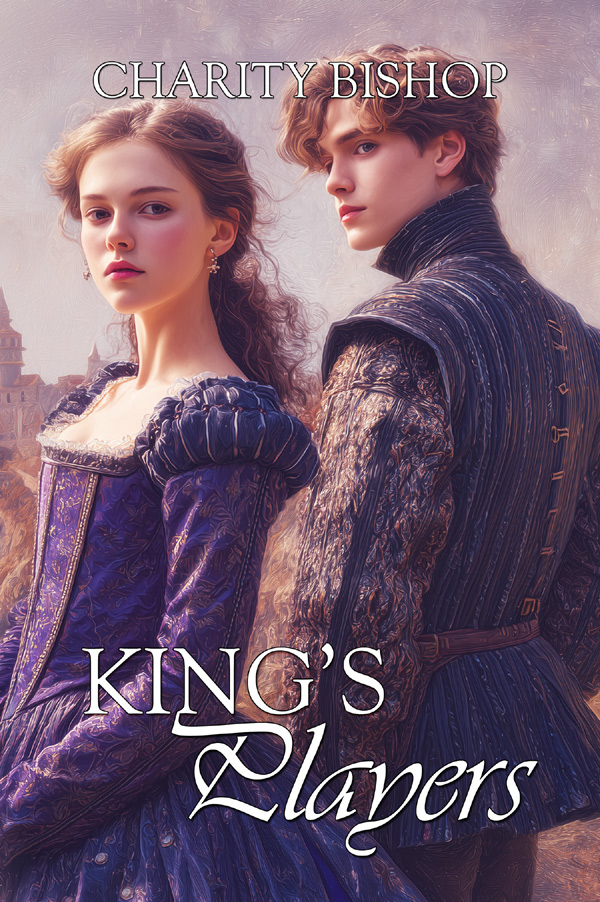
As a historical novelist, I understand the necessity of bending facts for drama. But some of the choices in The Spanish Princess baffle me, particularly how it emasculates Henry VII. The idea of Henry and his teenage son being at odds over Catherine makes for good tension, but reality tells a different story.
Prince Harry (later Henry VIII) was not a fiery rebel at this age. He was cowed by his father, subdued and obedient in his presence. Henry VII was not a man easily defied. Though capable of warmth, he was calculating, emotionally distant, and politically astute. Far from weak, Henry VII had turned a bankrupt realm into a European superpower. He won the throne through military strategy at Bosworth Field, amassed a colossal fortune, and played the long game in continental diplomacy. He even circumvented papal oversight to smuggle valuable ore out of the papal territories for a profit. European monarchs sought alliances with him, not only for his royal lineage, but for his financial clout. His son would not have challenged or insulted him during a council meeting, especially not over matters of state.
Nor did Prince Harry fight his father over Catherine. He genuinely wanted to marry her, but pursued the match through diplomatic channels. The show wants to both dramatize teen rebellion and remind us no one in this era had personal freedom. But historical didn’t allow for both: Tudor children obeyed their parents, especially in matters of state. It wasn’t until Margaret and Mary Tudor defied their families as adults that such rebellion shocked the court. Even then, Henry VIII was the only Tudor who truly bucked every rule, including the church itself.
Catholics, Pregnancy, and a Confused Morality
One of the most anachronistic moments in this episode involves Margaret Beaufort failing to recognize the signs of pregnancy. This isn’t believable. Margaret nearly died giving birth at age twelve and was present at the births of her daughter-in-law Elizabeth of York and Queen Elizabeth Woodville. The idea that she wouldn’t connect morning sickness with pregnancy (especially after previously talking about “the visible signs”) makes no narrative or historical sense.
Another is the lack of moral, theological, or emotional weight surrounding the topic of abortion. The story presents Rosa’s pregnancy and her search for a way to “get rid of it” as if this were a mundane or casual decision, with no social or spiritual consequences. For women living in Tudor England, this is implausible. The Church believed procreation is one of the natural ends of marriage and sexuality, and to willfully frustrate that end (by abortion or not finishing the sex act) violates divine order. Catholics believed God governed the womb, and any attempt to expel a fetus would be a sin and a crime. Their spiritual teachings emphasized the sanctity of life, submission to divine will, and the redemptive nature of suffering, especially for women. A abortion would threaten Rosa’s soul.
By omitting the moral and spiritual tension this situation should provoke, the show flattens its characters. Rosa, a Catholic shaped by Queen Isabella’s stern piety in the Spanish Court, would have agonized over the sinfulness of abortion. She would have feared damnation, divine punishment, or spiritual guilt. That fear, the need for confession, or internal debates about whether God would forgive her, are nowhere to be found. It misses the chance to help us understand the mindset of the women in that period, in favor of a rushed subplot that projects modern sensibilities onto a time period when religious faith (and fear of damnation) informed every single decision a person made.
Rather than seek an abortion, the real Rosa would appeal to Catherine of Aragon to marry her off to the father (pay him to make an honest woman out of her), or to secure her another marriage (and fast) to conceal the illegitimacy. If no such marriage could be bought, she would get sent home or banished to the countryside in disgrace. She would also not assume Margaret Pole would possess such knowledge or sympathize with such an act. Margaret would have urged her to confess and seek penance. Even midwives or “wise women” who dabbled in herbalism would have been hesitant to involve themselves unless discreetly paid and protected by high-status patrons, and it would have endangered their souls.
Margaret Beaufort: Saint or Stereotype?
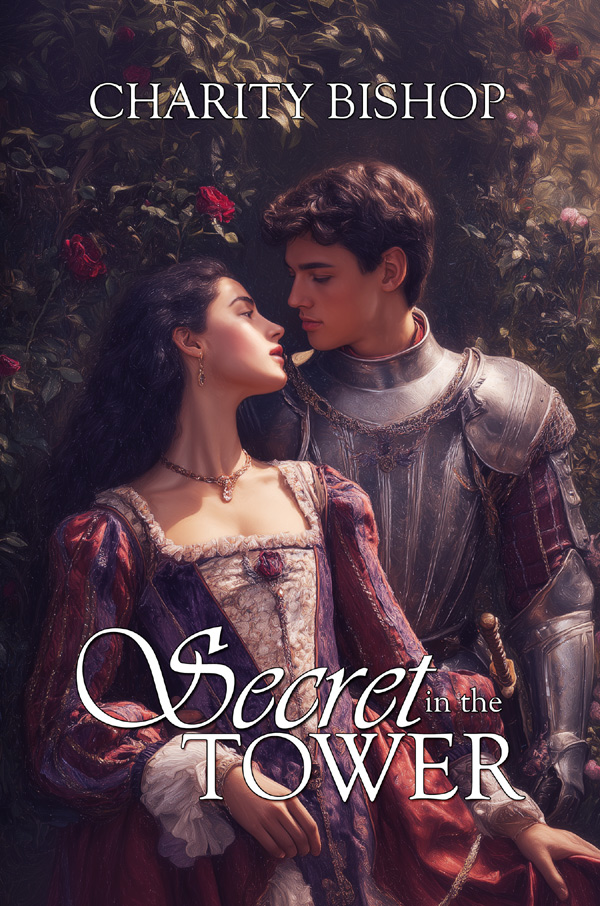
The series portrays Margaret Beaufort as a moral crusader one moment and an enabler of vice the next. It’s deeply inconsistent. Historically, Margaret was renowned for her piety. She took a vow of celibacy during her final marriage (with her husband’s agreement) and was known for her moral strictness, her patronage of the Church, and her support of educational institutions. She also founded Christ’s College in Cambridge, out of her sincere religious conviction and desire to see England benefit from intellectual investments.
Yet here, she arranges for her grandson to sleep with prostitutes to distract him from Catherine? Say what now? The real woman would have viewed fornication as a sin and expected Henry to exercise self-control. Margaret’s entire philosophy centered on spiritual discipline and divine order, not on “solving” lust with brothel visits. (Excuse me while I bang my head against the wall.)
The Fictional Engagement Between Catherine and Henry VII
In another deviation from history, the show claims Queen Isabella gave permission for her daughter to marry Henry VII himself. In reality, this marriage was only speculated during diplomatic talks, and both sides rejected the idea. Isabella even called such a match “an abomination” in her letters, reflecting deep unease about religious and familial boundaries. And where is King Ferdinand? As a joint ruler of Spain, he had equal weight in such decisions. (But we know why they leave him out; because this show wants Girl Bosses in charge, and the men to be wimps.)
What They Got Right (Yes, Really!)
Though I spend much of my time critiquing this show, there are a few historical high points. Margaret Tudor’s arrival in Scotland and her sudden meeting with King James IV’s illegitimate children? That happened. James had multiple bastards and introduced them without ceremony. It was, as the kids say, a bold move, but not one I would have suggested.
I also appreciated the show’s depiction of Henry VII’s softer side. His recollection of Elizabeth falling in love with him and how it felt “right” was moving. It gave nuance to a man usually played as cold and manipulative. This is one of the better moments with him on screen, despite the exaggerated paranoia. He remains one of the most maligned monarchs of his time, and I find myself constantly defending his legacy. I have a soft spot for Henry VII, and not only because Ancestry.com says he’s one of my mine (maybe that’s where I get my gray eyes?). I admire a great deal about him, from his political prowess to his undying devotion to his wife in a time when most kings were unfaithful to their queens. His morality probably had more to do with not wanting to father bastards who might challenge his legitimate children’s claims to the throne, but despite his issues (he could be callous and mercurial), I admire any man of the period who can keep it in his pants. And I did my best to write a sympathetic but realistic portrayal of him in my novels. It pains me to see him maligned.
Discover the Real Tudors in The Tudor Throne Series
If you’re ready to experience Tudor history with accuracy and drama, explore The Tudor Throne Series. From Margaret Beaufort’s religious devotion in The Usurper’s Throne, to Catherine of Aragon’s uncertain years in The Secret in the Tower, and Margaret Tudor’s unpredictable marriage to James IV in The Last Fire-Eater, these novels bring the real stories behind the drama to life. Dive into the political intrigue, moral dilemmas, and personal struggles that shaped the Tudor dynasty.
